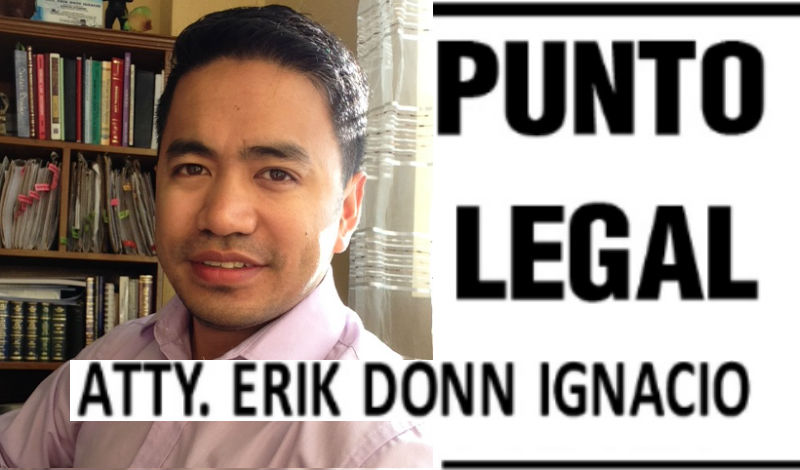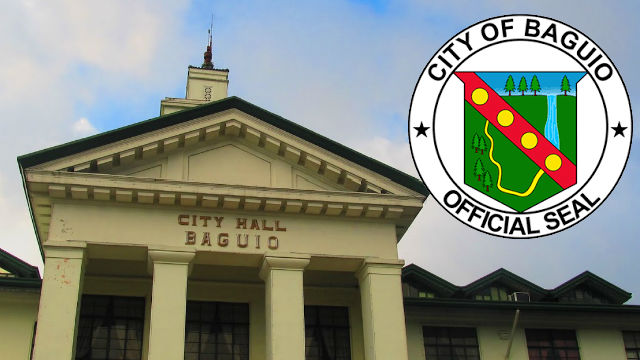In a collision of two vehicles wherein both drivers appear to be at fault, it is indeed difficult to determine who is to bear the damages or liability. To solve the problem, the legal principle of “last clear chance” is adopted by our courts to make the determination as to who is liable. The principle is explained in the case of LBC vs. CA( G.R. No. 101683 February 23, 1995): “The doctrine, in essence, is to the effect that where both parties are negligent, but the negligent act of one is appreciably later in time than that of the other, or when it is impossible to determine whose fault or negligence should be attributed to the incident, the one who had the last clear opportunity to avoid the impending harm and failed to do so is chargeable with the consequences thereof (see Picart vs. Smith, 37 Phil. 809). Stated differently, the rule would also mean that an antecedent negligence of a person does not preclude the recovery of damages for supervening negligence of, or bar a defense against the liability sought by, another if the latter, who had the last fair chance, could have avoided the impending harm by the exercise of due diligence.” If there is an indication as to who is at fault, the doctrine will not apply. In several cases, parties tried to invoke the doctrine to avoid liability but the Supreme Court decreed that the principle cannot be applied because it is clear as to who is to blame.
LBC tried to use the doctrine as a defense in order to avoid liability. In that case the delivery truck of LBC driven by Jaime Tano made a left turn without observing traffic rules as stated in R.A. 4136. He did not make sure first that he could safely make a left turn and did not even make any indication for other vehicles to know of his intention to make the turn. At that time visibility was poor due to the dusty condition of the road and the motorcycle being driven Sherwin Montinola smashed on the right side of the van. Sherwin died. The trial court dismissed the case because it said that the accident was Sherwin’s fault. On appeal the Court of Appeals reversed the decision finding Tano to be liable. “It was this negligent act of Tano, which had placed his vehicle (LBC van) directly on the path of the motorcycle coming from the opposite direction, that almost instantaneously caused the collision to occur. Simple prudence required him not to attempt to cross the other lane until after it would have been safe from and clear of any oncoming vehicle.” The Court said that Montinola might have been negligent for speeding given the poor visibility because of the dust but it was clear that it was the negligence of Tano that caused the accident. Montinola could have been negligent but it was considered as merely contributory and was considered as merely contributory and was appreciated to reduce the liability of Tano.














